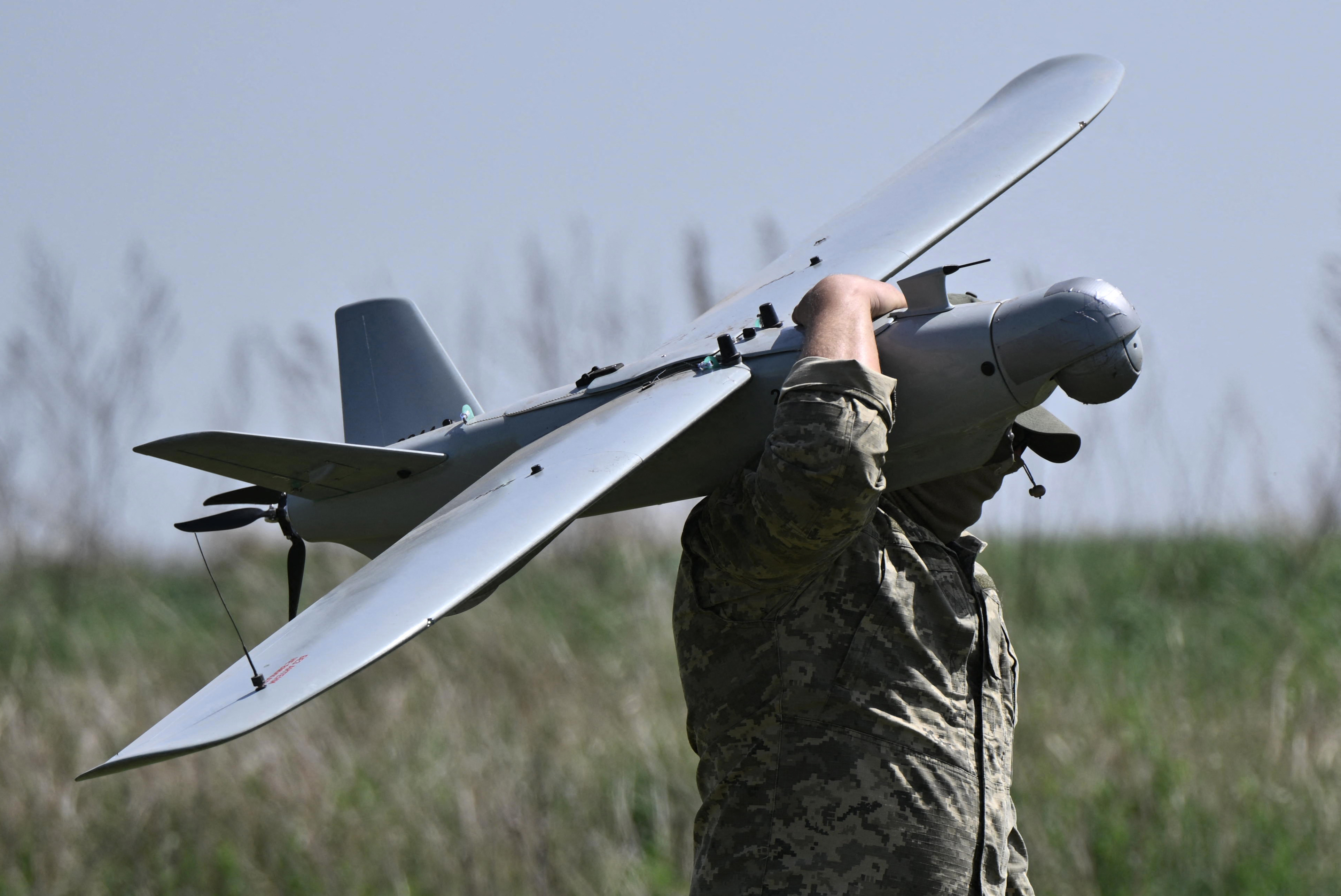Parts of the U.S. could see "devastating" plant changes due to climate change, as hardiness levels fluctuate, a plant pathologist has warned.
Matt Kasson, an associate professor of Mycology and Plant Pathology at West Virginia University, recently looked at the U.S. Department of Agriculture's plant hardiness map, which tells gardeners the plants that will thrive in certain areas.
Comparing 2023's map with a 2012 article on The Conversation Kasson notes that plant hardiness is shifting north as climate change causes warmer temperatures across the U.S.
The hardiness level refers to a plant's ability to endure difficult conditions.

"Most of the hardiness zones across the U.S. experienced a half-zone shift, meaning the coldest days of winter are about 5 F warmer over the period from 1991-2020 compared to the period between 1976-2005. Interestingly, this trend is reversed in parts of the southwest U.S., where certain locations are about 5 F cooler over the same period," Kasson told Newsweek.
"Certain areas in the northern U.S., including parts of Maine, Vermont, Minnesota, and Idaho have experienced temperature shifts equal to 1 to 1.5 hardiness zones, [which is] up to 15 F over the same 30-year period. These areas are quite rural so the overall impact on gardening and agriculture may seem insignificant. However, in many rural communities gardening and farming is a way of life and a means of supporting families and the local economy so such drastic changes in plant hardiness could be devastating."
Kasson said some areas of the U.S., including the central Appalachians, northern New England and north central Idaho, have seen a 1.5 increase in hardiness zones. This is a warming of about 15 F.
Another area experiencing "change equal to one hardiness zone," Kasson said, is southeast of Lake Erie. Here, grapes are grown commercially in New York and Pennsylvania. But these changes in climate could drastically impact grape production and diseases, although the exact impact remains unclear.
"Most gardeners interested in growing mainly vegetables have little to worry about since much of the change we are seeing is in the coldest days of winter, so the impact to plants outside this window are of less concern," Kasson said. "However, milder winters could mean more suitable temperatures for overwintering of pests and pathogens that attack our plants."
To avoid being disappointed when certain plants don't grow, Kasson advises gardeners to be aware of hardiness zones before they sow their seeds.
"Diversification of garden crops is key. Planting an entire garden of one variety of tomato will likely backfire as there are many biotic and abiotic stresses that impact individual crops," Kasson said. "This is especially true if you continue to plant the same crop year after year with no rotation. This allows pests and diseases that thrive on that host to build up to levels that can ultimately kill your crops before they have a chance to fruit. Pay attention to both hardiness zones and planting date recommendations on the plant tags and seed packs. Following those instructions will go a long way to ensure your plants have a strong start."
Kasson warns that fruit trees, for example, are particularly susceptible to temperature fluctuations.
While some "commercially available" fruit trees have relative levels of hardiness, stone fruit trees do not so much, the article on The Conversation reads. Peaches and plums for example, "are more sensitive to temperature fluctuations within those zones—particularly abrupt swings in winter temperatures that create unpredictable freeze-thaw events."
Despite these changes in climate, hope is not lost. In fact, there are many plants that can do well across a range of hardiness zones, Kasson said.
"But it's not just extreme winter temperatures that impact plant health. Perennial plants are also susceptible to huge swings in temperatures that occur during the winter months," Kasson said. "Think about a polar vortex where temperatures dip to -10 F to -20F followed closely behind by a warm week of 30 F to 40 F. That 60 F swing could be devastating for plant roots and stems. As such, freeze-thaw events could spell even more trouble for plants than extreme winter temps alone."
Do you have a tip on a science story that Newsweek should be covering? Do you have a question about gardening? Let us know via science@newsweek.com.
Uncommon Knowledge
Newsweek is committed to challenging conventional wisdom and finding connections in the search for common ground.
Newsweek is committed to challenging conventional wisdom and finding connections in the search for common ground.
About the writer
Robyn White is a Newsweek Nature Reporter based in London, UK. Her focus is reporting on wildlife, science and the ... Read more
To read how Newsweek uses AI as a newsroom tool, Click here.






